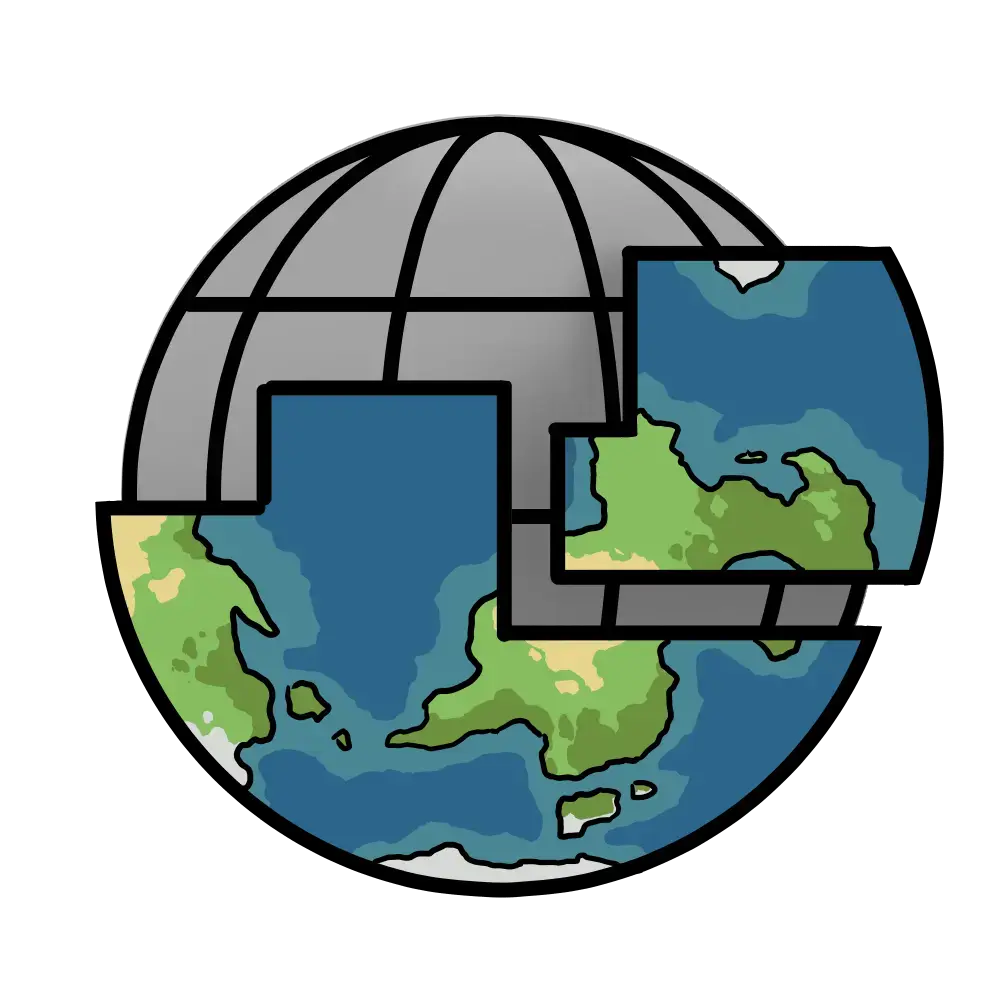

Good villains gonna vile^^.
The post-it method is quite interesting, I used to do something quite similar during my university years. I would draw a small square on my class memo or notebook and only draw within the box (in a futile attempt to keep it contained). Though I mainly did environments that way. I wouldn’t enjoy drawing big environments anyway. Chars would usually span the margin.
Do you still have those postits kept somewhere? Have you tried organising or structuring them?
About blank slate v jaded. It really depends on the tone you are trying to strike with the whole story and setting, but usually it proves quite difficult to have a main cast that is solely jaded or has lived through everything already. The blank slate 16 yo are a trope for good reasons I think. They are just mature enough so that their reasoning is still relatable for an adult reader, but they also, like the reader, don’t know much about what life is really like in the setting. They offer the opportunity to explain, or easy and natural exposition.
That’s no surprise that there is Edward in the crew of Cowboy Bebop, you do need those curious types. But on the other hand, having only chars that have lived through nothing and don’t know what they are doing is closer to a ttrpg party than narrative storytelling, so…
It’s really not the original opinion of the year I guess, but balancing helps.
Actually very relevant questions to ask, though I would be interested in discussing the priority you give to those. Some have a severe case of diminishing returns, but are nonetheless crucial to at least determine to some extent…